Table of Contents
When you think of urban innovation, Curitiba stands out as a shining beacon. This Brazilian city, nestled in the southern part of the country, has revolutionized urban planning with its forward-thinking strategies and people-first approach. Curitiba isn’t just a city it’s a case study in how urban spaces can thrive sustainably while prioritizing the well-being of their residents.
In this article, you’ll discover why Curitiba has become a global benchmark for sustainable urban planning. You’ll explore its innovative initiatives, learn how they can inspire other cities, and see how these strategies impact the lives of its people. Let’s dive into the blueprint that could transform cities around the world.
The Roots of Curitiba’s Urban Transformation
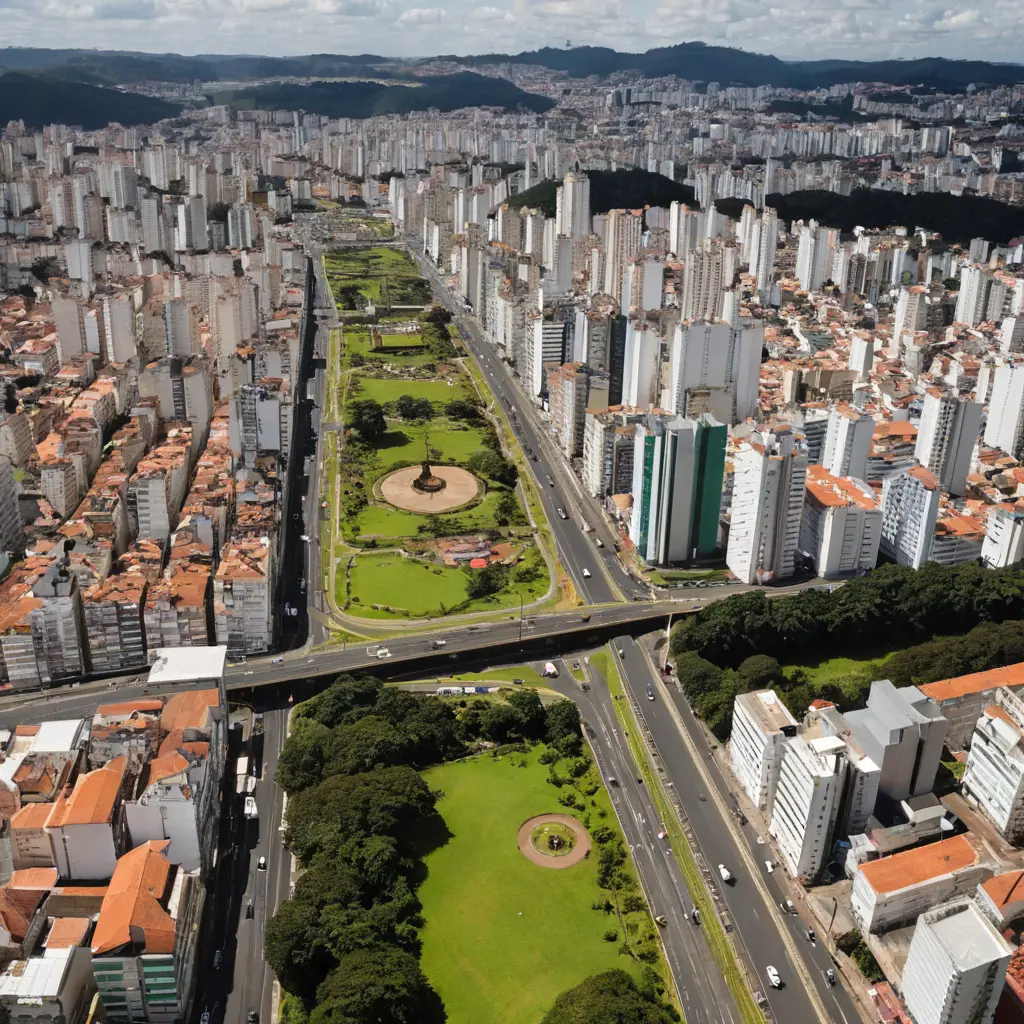
Visionary Leadership That Ignited Change
Curitiba’s transformation didn’t happen overnight. It began in the 1960s under the visionary leadership of Jaime Lerner, an architect and urban planner. Unlike many cities focused on short-term fixes, Curitiba developed a master plan prioritizing people, not cars. This plan laid the foundation for sustainable growth, which continues to benefit the city today.
Lerner believed that cities should cater to their residents, not just vehicles. His philosophy inspired bold decisions, including pedestrianizing downtown areas and investing in efficient public transportation. Through collaboration and community involvement, Curitiba turned its challenges into opportunities.
Breaking Ground: The Bus Rapid Transit (BRT) Revolution
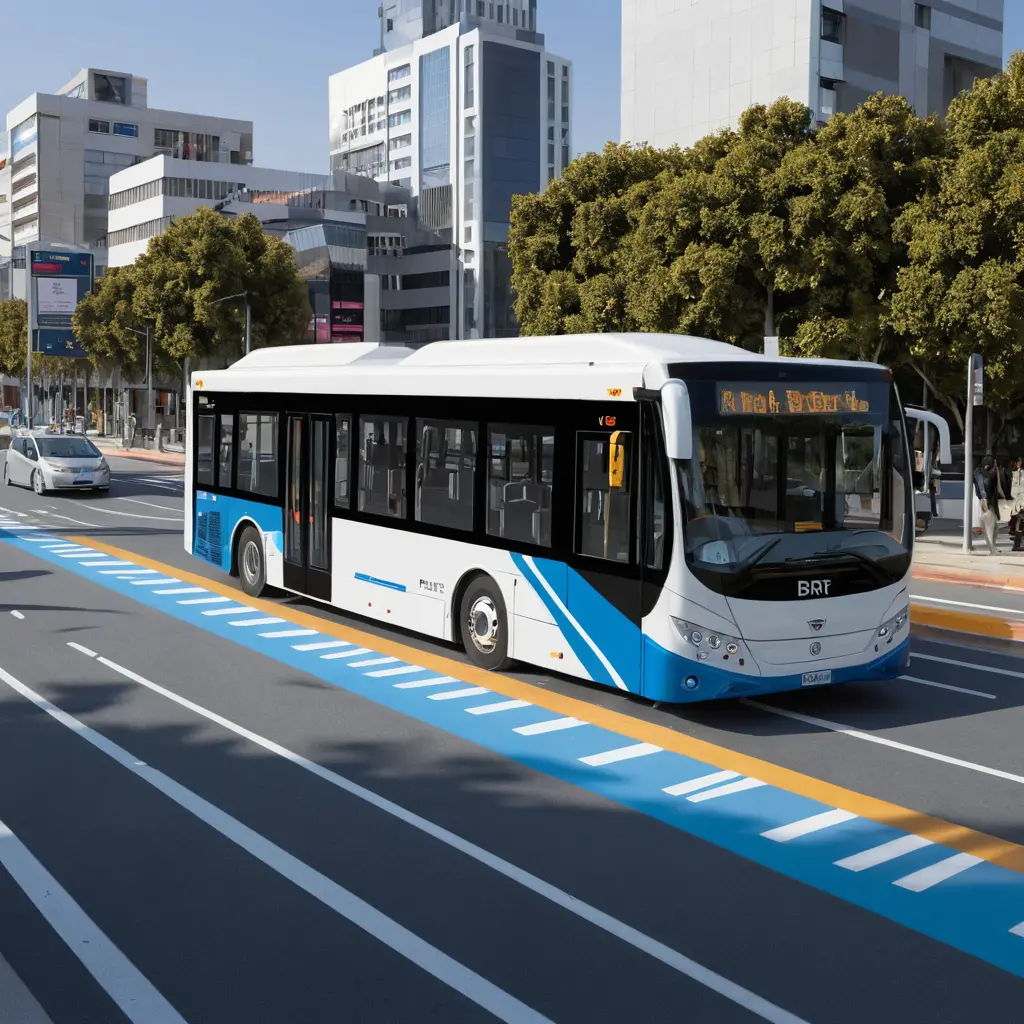
Efficient, Accessible, and Eco-Friendly
If you’ve ever taken a public bus in a bustling city, you’ve likely experienced frustration: traffic congestion, delays, and overcrowding. Curitiba’s BRT system, introduced in the 1970s, tackled these problems head-on. Designed to mimic the efficiency of a subway at a fraction of the cost, Curitiba’s BRT has become a global model for urban transportation.
Here’s what makes Curitiba’s BRT system so remarkable:
- Dedicated Bus Lanes: Buses have their own lanes, bypassing traffic jams.
- Pre-Paid Stations: Passengers pay before boarding, reducing wait times.
- Articulated Buses: High-capacity buses ensure fewer vehicles are needed.
This innovative approach reduces fuel consumption and lowers greenhouse gas emissions. It’s no wonder cities like Bogotá, Jakarta, and Guangzhou have adopted similar systems.
A City That Breathes: Curitiba’s Green Spaces
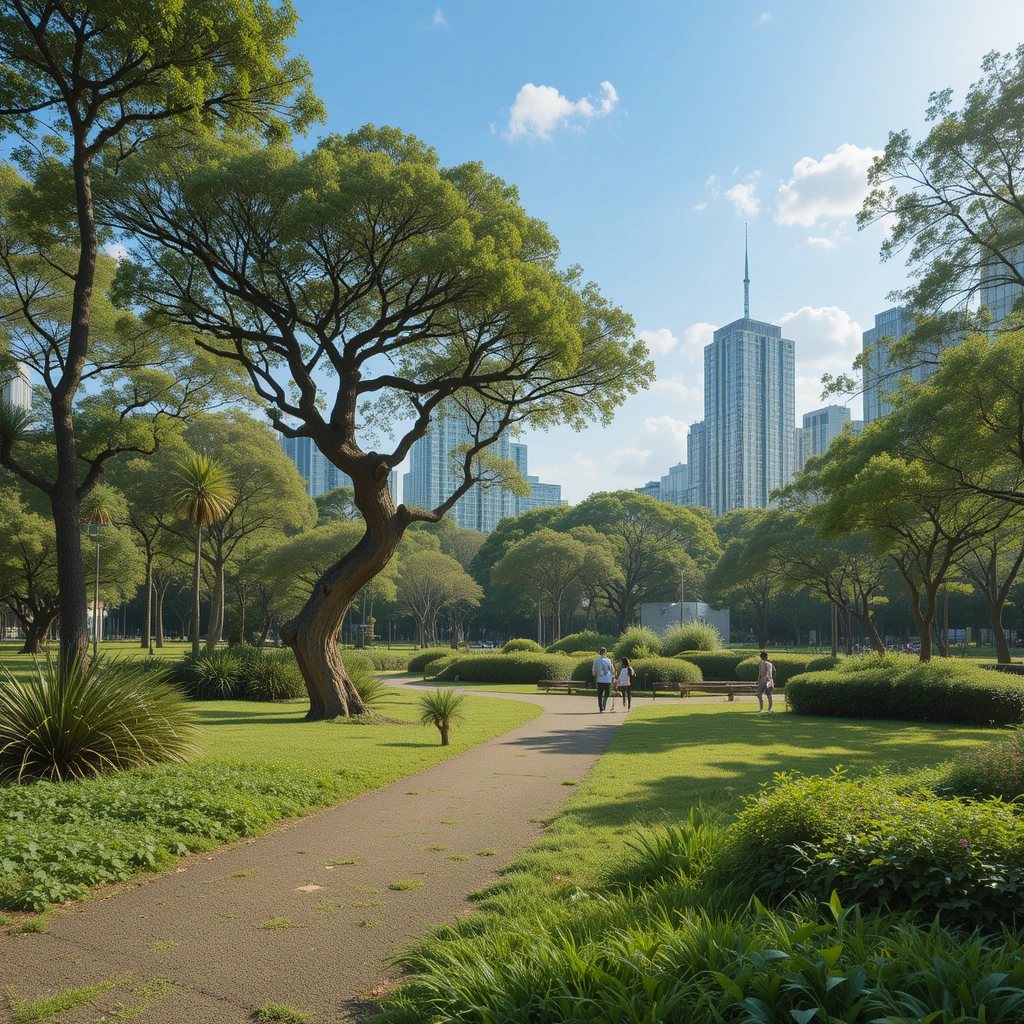
Nature as a Solution
Imagine living in a city where every neighborhood is within walking distance of a park. In Curitiba, that vision is a reality. The city boasts over 28 parks and forests, creating what feels like an urban oasis.
But these green spaces are more than just scenic they serve practical purposes too:
- Flood Management: Parks like Barigüi and Tanguá double as natural flood reservoirs.
- Biodiversity Preservation: These areas protect local flora and fauna.
- Public Well-Being: Residents benefit from clean air and recreational opportunities.
Curitiba’s dedication to integrating nature into urban life not only improves aesthetics but also enhances environmental resilience.
Sustainability at the Heart of Curitiba
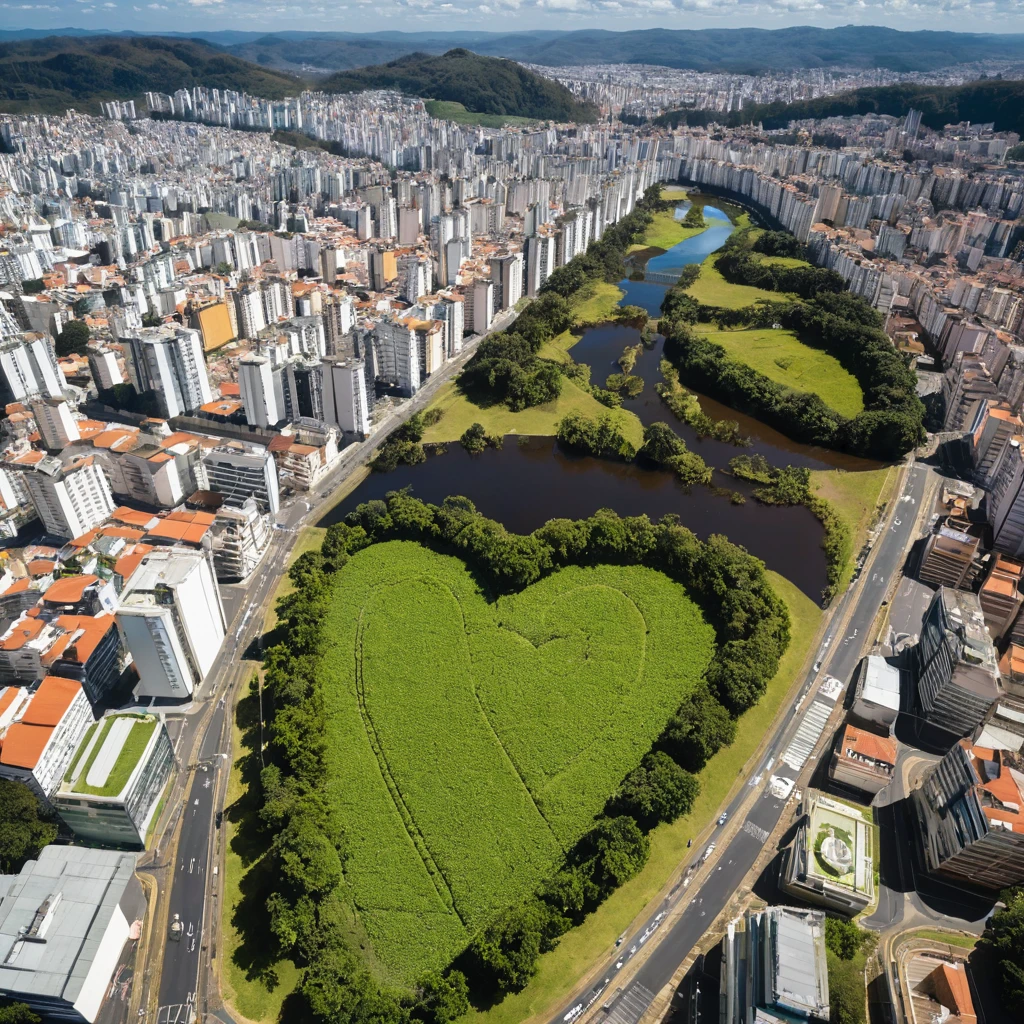
Recycling Revolution: Turning Waste Into Value
Curitiba is known for its pioneering recycling programs, which started in the late 1980s. You’re likely familiar with basic recycling efforts, but Curitiba takes it to the next level. The city’s “Garbage That Is Not Garbage” program makes it easy for residents to separate recyclable materials from organic waste.
Here’s what makes Curitiba’s recycling programs stand out:
- Community Incentives: Residents exchange recyclables for bus tickets or food.
- Educational Campaigns: Schools and community centers teach recycling practices.
- Economic Impact: Recycling has created thousands of jobs, boosting the local economy.
Thanks to these efforts, Curitiba recycles about 70% of its waste an impressive feat for any city.
Affordable Housing With an Eco-Friendly Twist
Another key to Curitiba’s sustainability is its approach to housing. Instead of displacing low-income communities, the city integrates them into urban planning. Programs like “The Green Exchange” allow residents in underserved areas to trade recyclables for fresh produce, creating a win-win situation for both the environment and public health.
How Curitiba’s Innovations Impact Its People
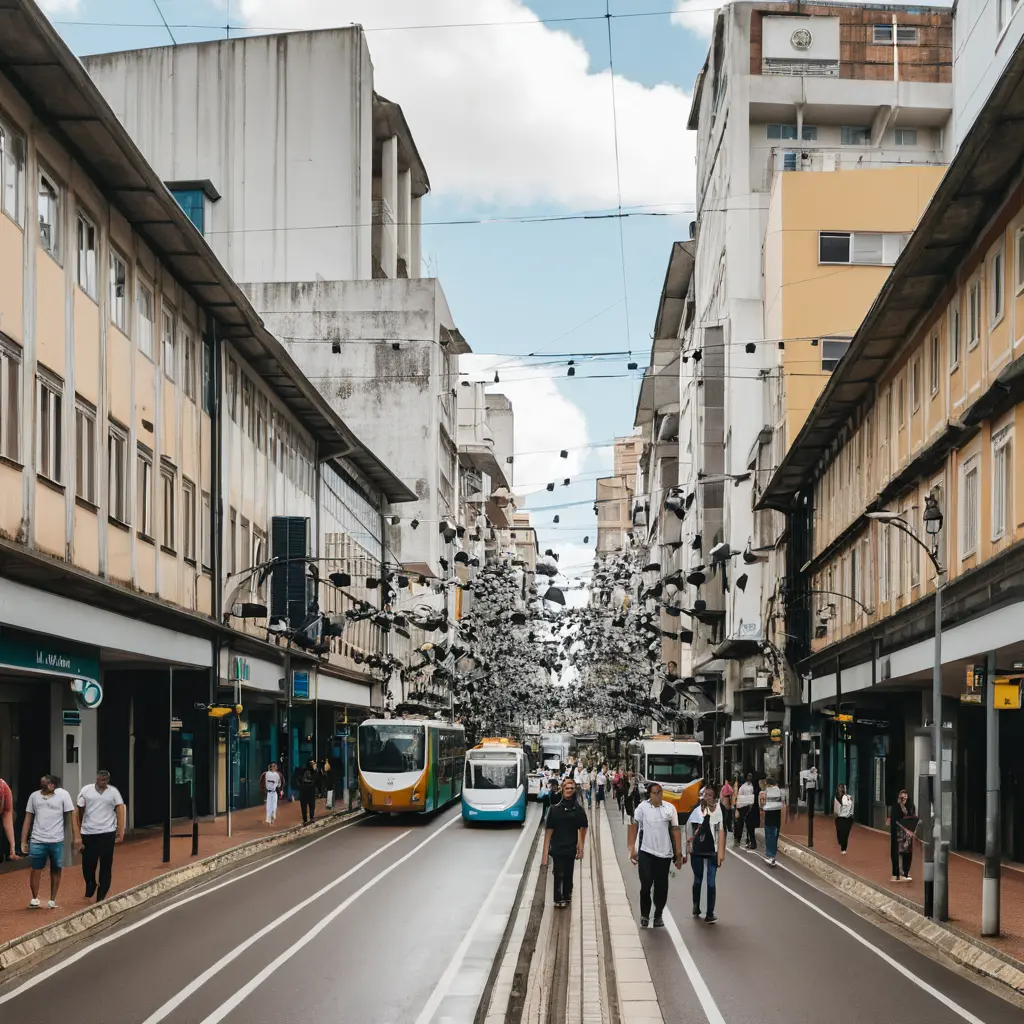
Empowering You Through Education .
You might wonder: How do residents feel about living in such a forward-thinking city? A big part of Curitiba’s success lies in educating its people. Environmental awareness campaigns, school programs, and public initiatives encourage citizens to participate in the city’s sustainability efforts.
Imagine learning about recycling or urban farming in school and then applying those lessons in your community. That’s the reality for many Curitiba residents.
A Better Quality of Life for All
Curitiba consistently ranks as one of Brazil’s most livable cities. Here’s why:
- Convenient Public Transport: The BRT system makes commuting stress-free.
- Abundant Greenery: Access to parks improves mental and physical health.
- Economic Opportunities: Sustainable initiatives create jobs and boost incomes.
Living in Curitiba means enjoying a cleaner, healthier, and more inclusive environment.
Lessons Other Cities Can Learn From Curitiba
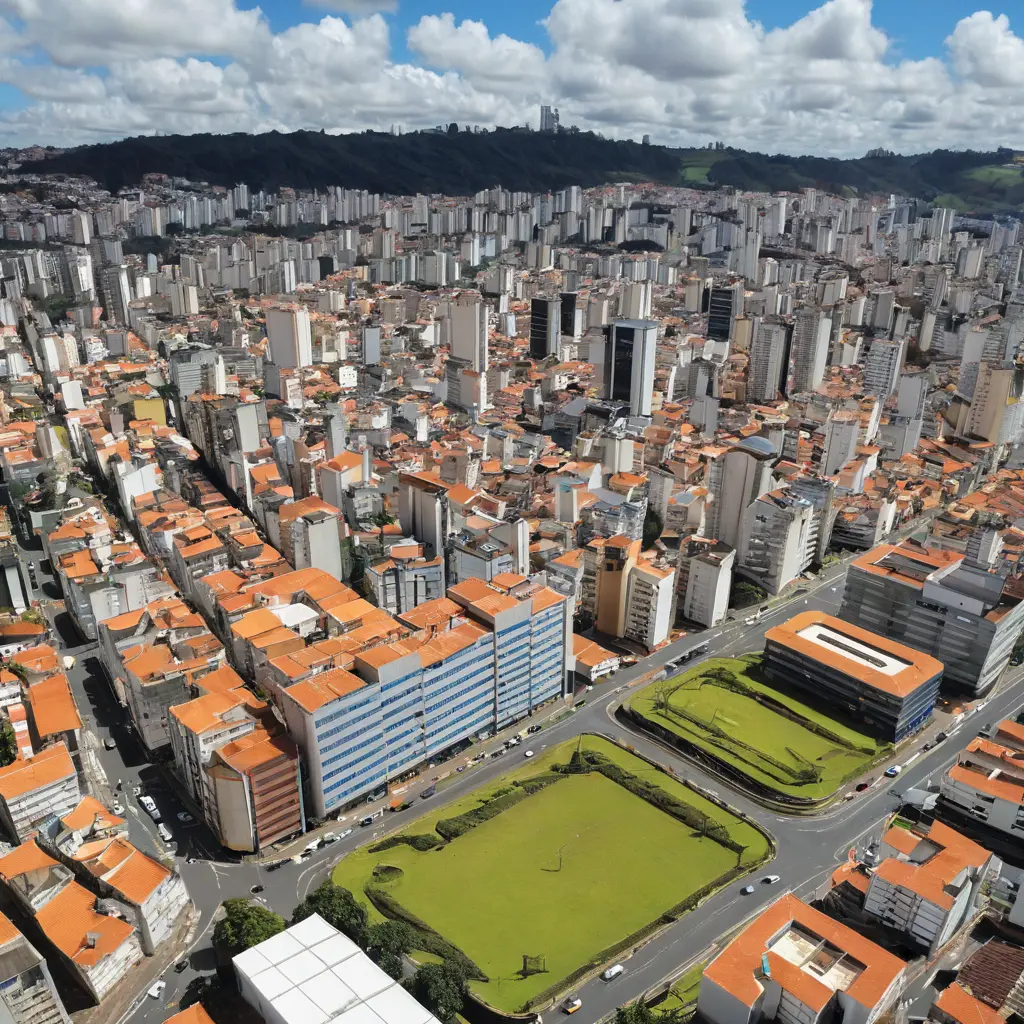
Scalability and Adaptation
You might think Curitiba’s model is too specific to replicate elsewhere, but that’s not true. The city’s strategies can be adapted to different contexts. For example:
- Cities with tight budgets can implement low-cost BRT systems.
- Urban planners can convert flood-prone areas into green spaces.
- Community-driven recycling programs can engage residents in sustainability efforts.
The key is prioritizing people over profits and fostering collaboration between governments, businesses, and citizens.
FAQs About Curitiba’s Urban Innovation
1. Why is Curitiba considered a pioneer in urban innovation?
Curitiba’s unique blend of sustainable transportation, recycling programs, and green spaces sets it apart as a model for modern urban living.
2. How does Curitiba manage rapid urbanization?
Through long-term planning, Curitiba balances growth with sustainability, ensuring that infrastructure and resources keep pace with population demands.
3. Can smaller cities replicate Curitiba’s approach?
Absolutely! Curitiba’s solutions are scalable and can be tailored to meet the needs of smaller communities.
Conclusion: A City Worth Emulating
Curitiba proves that urban challenges aren’t insurmountable. Through innovative planning, community involvement, and a commitment to sustainability, the city has created a blueprint for success. You, too, can advocate for such changes in your community. After all, the future of our cities depends on actions we take today.
If you’re inspired by Curitiba’s story, why not start small? Support local recycling programs, push for better public transportation, or simply enjoy your city’s green spaces. Together, we can build a brighter, more sustainable future.

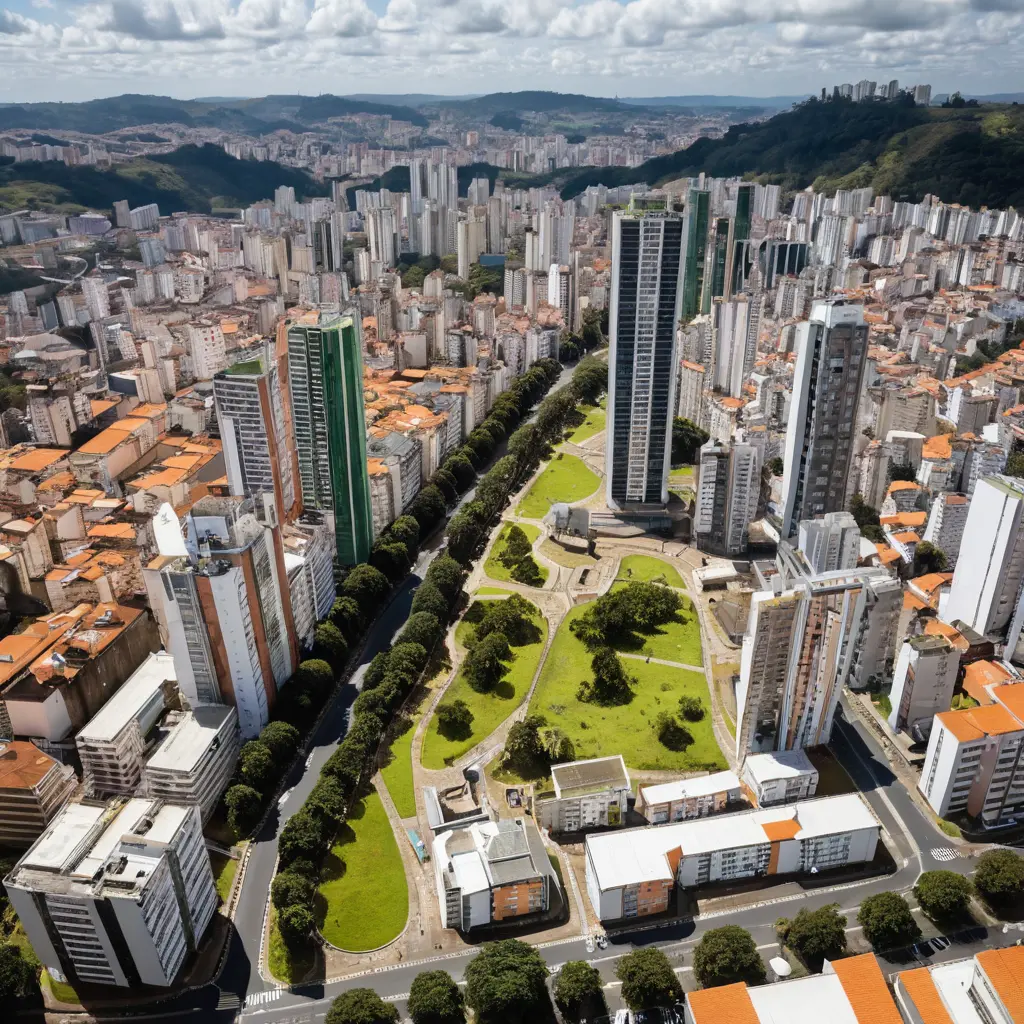
1 thought on “Curitiba 10 Reasons It’s the Blueprint for Green Cities”
Comments are closed.